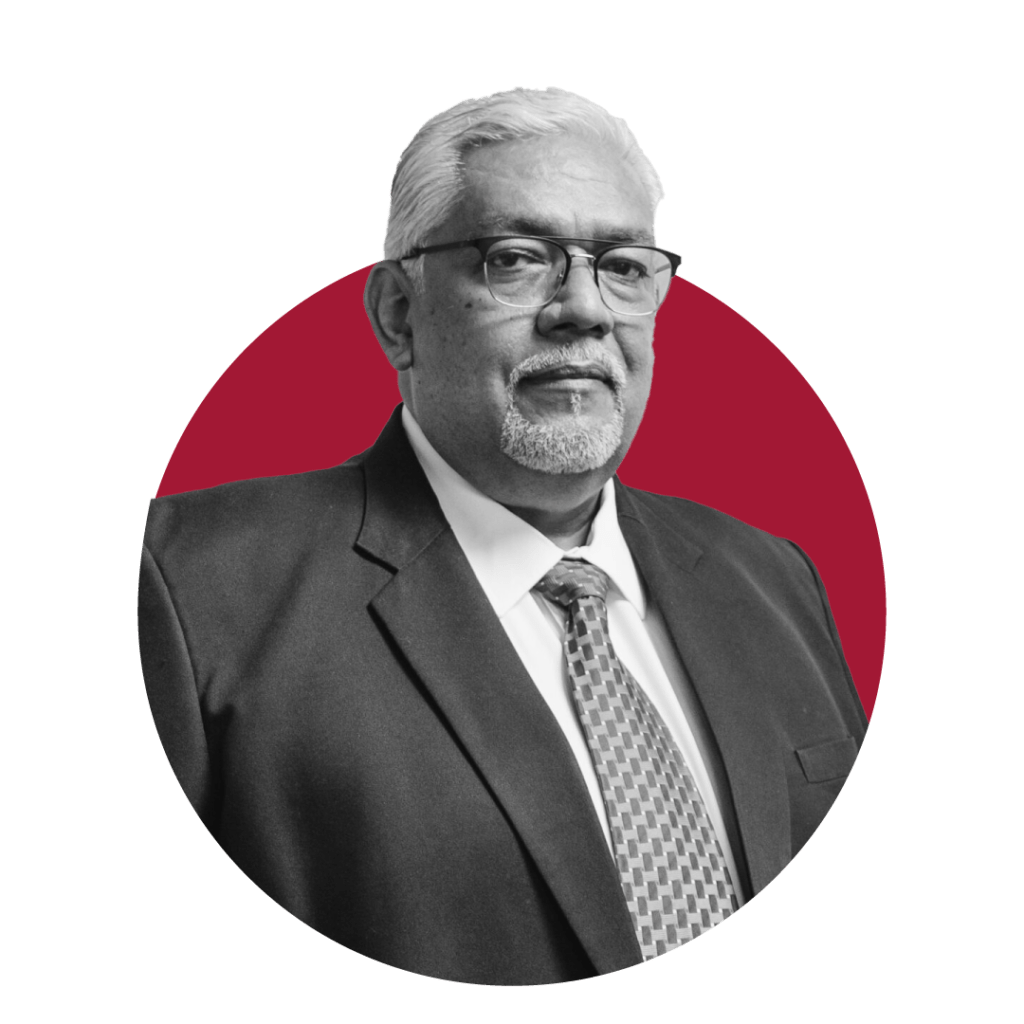
Francisco woke up one day with a business idea: he wanted to open a restaurant. He borrowed US$20,000 from his friend Elena to start it up. To avoid future problems, they signed a contract in which he agreed to pay her back within a year.
The restaurant opened and after a very good first few months, sales began to drop. The payment deadline was approaching and instead of seeking an agreement with his friend and find a way out of the situation, Francisco decided, in a premeditated way, to withdraw all the funds from his accounts and distribute them among the accounts of his closest relatives. In addition, the restaurant was transferred to a new company that had been recently created.
The deadline for the payment arrived and when Elena reached out, Francisco replied: “Sorry, I don't have the money to pay you back”. He explained that the business had failed and that he had nothing left.
Faced with this scenario, and to prevent losing her money, Elena proposed to reach an installment payment agreement, but Francisco assured her that his situation was dire, and he had nothing left to fulfill his commitment. However, Elena observed that Francisco maintained his lifestyle, continued to live in the same house and his social life was still quite active.
Elena had doubts about Francisco’s situation, so she decided to investigate and learned from mutual friends that this was not the first time that he had had problems with non-payment. In addition, with the help of a professional, she discovered that the new company was managed by Francisco's in-laws.
In view of these alerts, Elena decided to take the case to court because it could be a case of concealment of assets , a criminal offense that seeks to hide the assets of a person or company to create an impression of lack of economic resources and thus not comply with acquired economic commitments.
Modus operandi
The case we have just seen is a situation that could very well happen in the real world. It can be suffered by legal entities and individuals when they try to collect debts related to loans or demand the fulfillment of a previously agreed arrangement.
There are other common ways to carry out this criminal practice and disguise it as apparent financial problems:
- Assets in the name of one company are transferred in their entirety to another company.
- More complex structures are created, making it more difficult to search for assets and, therefore, to collect outstanding debts.
One of the elements to be highlighted is that of intentionality (malice), since involuntary insolvency due to poor financial management is not a crime. But if bad faith is present and can be proven according to the criminal conduct contemplated in article 352 of the Guatemalan Criminal Code[1], the accused may face prison and fines. Additionally, if the perpetrator is a business owner, he or she will be given a special disqualification for twice the length of the sentence.
Signs that Cause Suspicion
Unlike other more obvious crimes, in the case of concealment of assets, criminal prosecution must be accompanied by strong evidence to prove malicious practices. Demonstrating suspicious transactions, deliberate concealment of assets or fraudulent conveyance will be fundamental to achieve the desired result in the process.
Because of these added difficulties in detecting and proving this crime, it will be essential to use experts capable of investigating and analyzing the assets and structures involved to determine whether crimes exist.
However, there are signs that may raise suspiciouns that lead a company or an individual to call in experts to investigate the case. These are some of the issues that should be considered to set off the alarms:
- It is not possible to find the company's physical headquarters.
- Others have taken legal action related to debt collection claims against that company.
- The counterparty's assets are not in the name of the company with which the business is done, but rather with another unknown company.
Therefore, it will be essential to have robust collections policies in place to detect defaults and patterns of late payments from customers.
This will allow the creation of an action plan to intervene in case signs of risk are detected, including procedures for debt recovery and the implementation of legal actions if necessary.
If you have any questions, please do not hesitate to contact us.


[1] Article 352: Whoever, on purpose and in order to avoid payment of his obligations, takes possession of his assets, alienates, encumbers or conceals them, simulates credits or alienations, without leaving a person to represent him, or sufficient assets to respond to the payment of his debts, shall be punished with imprisonment of two to six years and a fine of two hundred to three thousand quetzales. If the responsible party is a merchant, he shall also be sanctioned with special disqualification for twice the term of the sentence.